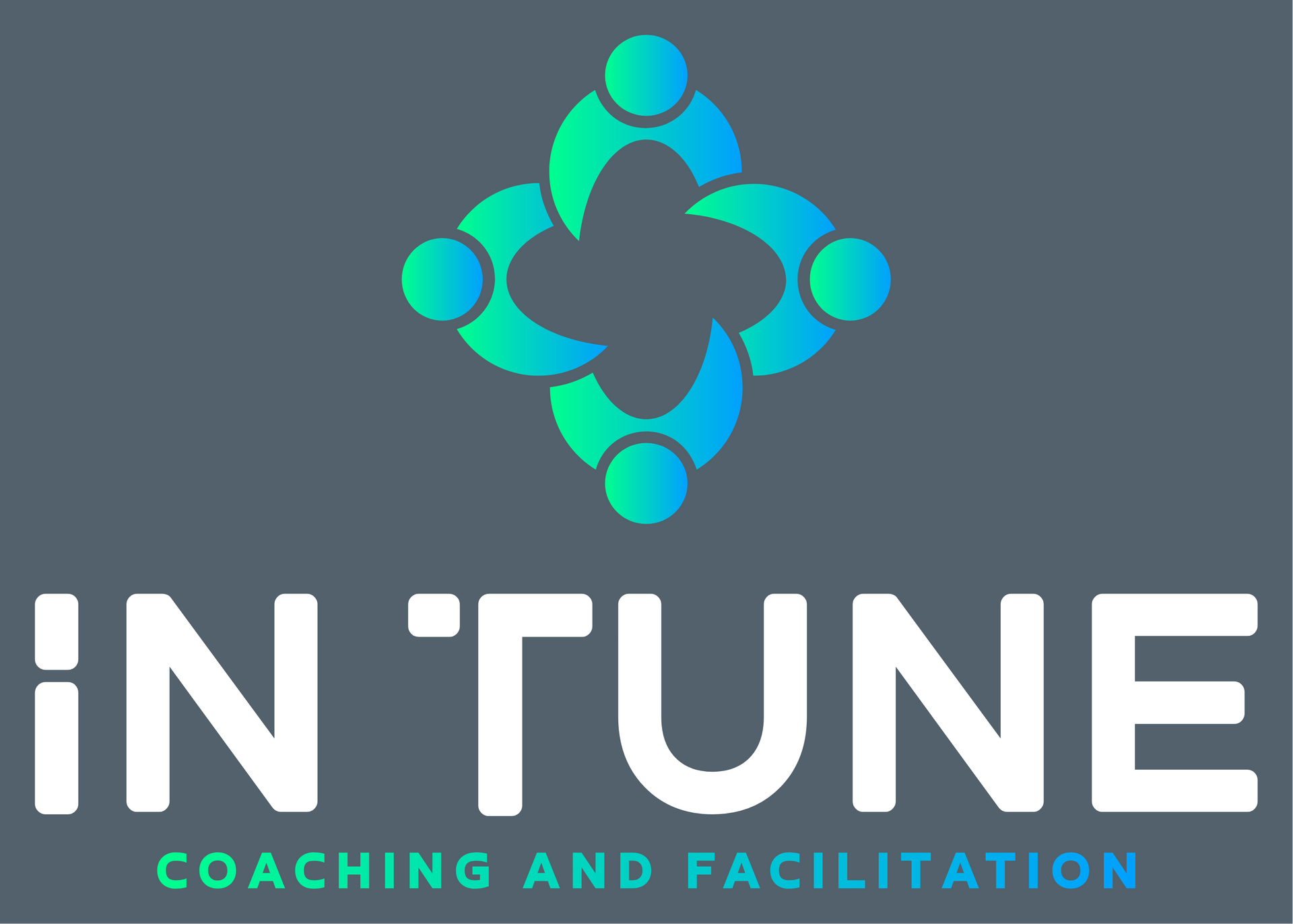The Courage to Act When Your Heart Says No: Leading Through Internal Resistance
"Motivation gets you started, but commitment keeps you going when the excitement fades and the work becomes hard." — On the Nature of Lasting Change

There's a painful gap between knowing what we should do and actually doing it. We read the books, attend the seminars, create the plans, and make the promises to ourselves. Yet when the moment of truth arrives—when it's time to have that difficult conversation, make that important call, or take that first step toward change—we freeze. Tony Horton, creator of P90X, captured this universal struggle perfectly: "Do your best and forget the rest, but more importantly, do it even when you don't feel like it." The question isn't whether you know what to do. The question is: will you do it when every fiber of your being says no?
Why This Matters for Leaders Today
We live in an era of infinite distractions and instant gratification, where our emotional states fluctuate more dramatically than ever before. Modern leaders face a unique challenge: how do you maintain consistency and drive results when both you and your team are constantly battling internal resistance?
The traditional leadership advice of "just push through" or "stay motivated" falls short because it ignores a fundamental truth: motivation is an emotion, and emotions are temporary. What distinguishes exceptional leaders isn't their absence of doubt or resistance—it's their ability to act with courage and consistency regardless of their internal state.
This matters because every significant achievement, every breakthrough, every moment of true leadership happens on the other side of resistance. When we learn to act despite not feeling like it, we don't just accomplish our goals—we reshape our identity and inspire others to do the same.
"The cave you fear to enter holds the treasure you seek." — Joseph Campbell
The Feel-Think-Act Framework: Your Path Through Resistance
Understanding Internal Resistance
Internal resistance isn't a character flaw—it's a natural human response designed to keep us safe. But in our modern world, this ancient survival mechanism often prevents us from taking the very actions that would help us thrive.
The Feel-Think-Act framework provides a systematic approach to moving through resistance rather than being paralyzed by it:
Feel
Acknowledge and accept the resistance without judgment. Name the emotion: fear, doubt, overwhelm, or fatigue.
Think
Engage your rational mind. What's the real risk? What's the cost of inaction? What would your future self advise?
Act
Take the smallest possible step forward, regardless of how you feel. Action creates momentum and transforms resistance into resilience.
This framework doesn't eliminate resistance—it teaches you to dance with it. You learn to feel the fear and act anyway, to acknowledge the doubt while still moving forward, to honor your emotions while not being controlled by them.
Practical Application: Building Your Resistance Muscle
1. Create Your "Courage Inventory"
List the specific actions you've been avoiding due to internal resistance. Be honest: what conversations aren't you having? What decisions are you postponing? What opportunities are you letting slip by? This inventory becomes your practice ground.
2. Implement the "2-Minute Rule"
When resistance strikes, commit to taking action for just two minutes. Make the phone call, write the first paragraph, have the opening of that difficult conversation. Often, starting is the hardest part, and momentum will carry you forward.
3. Develop Pre-Decision Protocols
Before resistance hits, decide what you'll do. Create if-then statements: "If I feel afraid to give feedback, then I'll schedule the meeting immediately." Pre-decisions eliminate the emotional negotiation that resistance thrives on.
4. Practice "Resistance Training"
Deliberately do small uncomfortable things daily—take cold showers, have awkward conversations, try new experiences. Each time you act despite resistance, you strengthen your courage muscle for when it really matters.
5. Build Your Support System
Share your commitments with others who will hold you accountable. Having external accountability often provides the extra push needed to overcome internal resistance. Choose people who will support your growth, not enable your excuses.
6. Celebrate Courage, Not Just Outcomes
Acknowledge every time you act despite not feeling like it, regardless of the result. This reinforces the behavior and builds confidence in your ability to overcome resistance in the future.
The Transformation on the Other Side
Here's what happens when you consistently act despite internal resistance: you stop being at the mercy of your emotions. You develop what psychologists call "self-efficacy"—the deep belief that you can handle whatever challenges arise. Your team begins to trust you more because they see you follow through regardless of circumstances.
More importantly, you discover that resistance is often a signal that you're moving in the right direction. The things that scare us most are usually the things that will transform us most. Tony Horton understood this when he created workouts that pushed people beyond their comfort zones—growth happens in the space between "I can't" and "I did."
This isn't about becoming emotionless or ignoring your feelings. It's about recognizing that courage isn't the absence of fear—it's feeling the fear and choosing to act in alignment with your values anyway.
Your 21-Day Courage Challenge
Knowledge without application is just entertainment. For the next 21 days, commit to identifying one action you've been avoiding due to internal resistance. Apply the Feel-Think-Act framework and take that action, no matter how small. Track your progress. Notice how resistance changes. Pay attention to what happens to your confidence and your results when you consistently act despite not feeling like it.
Remember: You don't have to feel ready to be ready. You don't have to feel confident to act with confidence. You just have to be willing to move forward when your heart says no.
Recommended Reading:
• "The War of Art" by Steven Pressfield - The definitive guide to overcoming creative resistance
• "Atomic Habits" by James Clear - Building systems that make good actions automatic
• "The Obstacle Is the Way" by Ryan Holiday - Stoic principles for turning resistance into strength
• "Mindset" by Carol Dweck - Understanding how beliefs about ability affect performance
• "The Confidence Code" by Kay and Shipman - The science of confidence and courageous action
• "Daring Greatly" by Brené Brown - Vulnerability and courage in leadership
Stay Tuned with Tune In: Your Go-To for Inspiration and Personal Growth
Join the In Tune community and get exclusive updates on our latest blog posts straight to your inbox! ✨
From mindfulness tips to insights on living a more fulfilling life, we’ve got the tools to help you tune into your best self.
Sign up today and never miss a beat! 🎶




